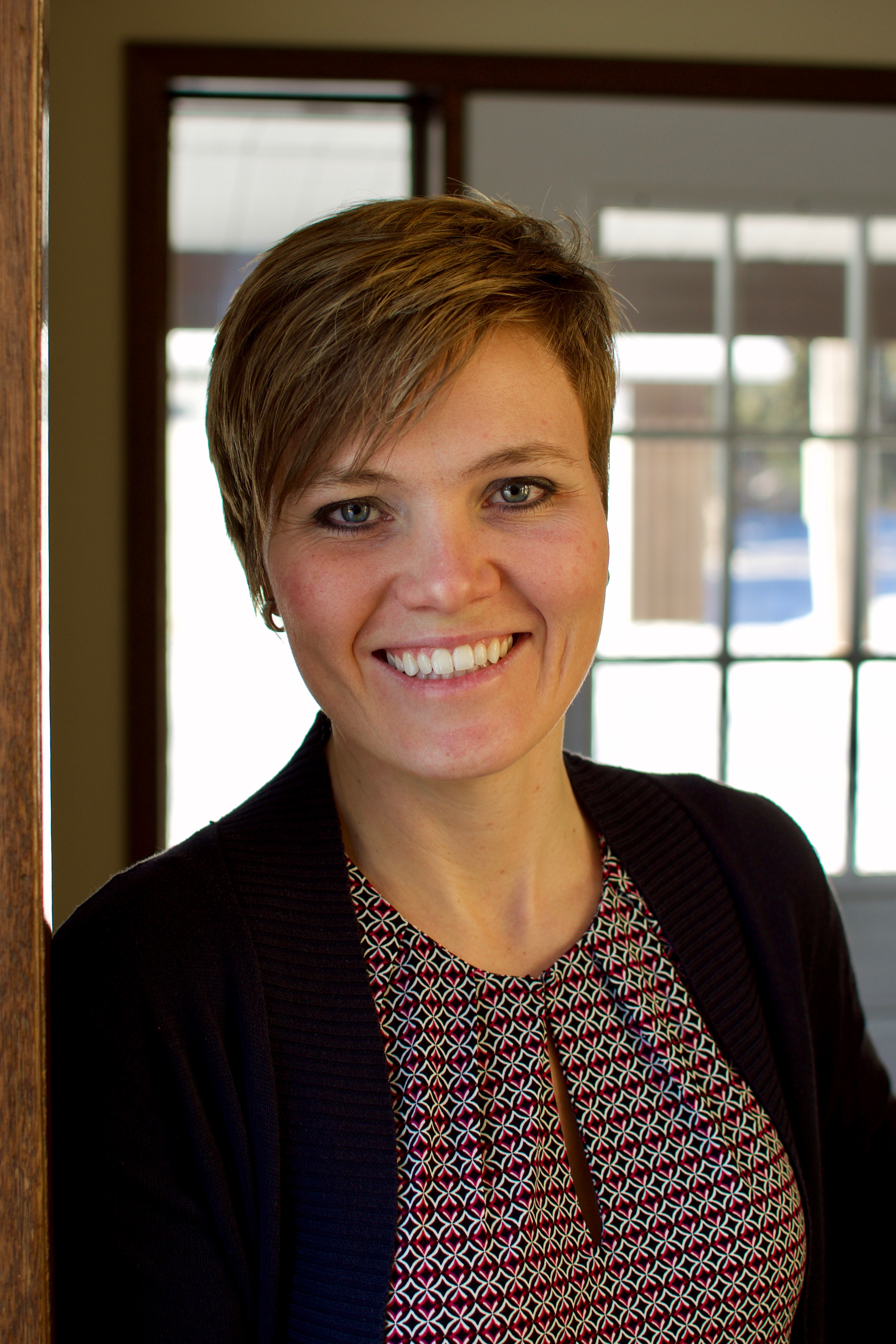
Imagine a 6-year-old girl, named Lily, skips up to you carrying a piece of paper. She proudly displays to you her work of art on which she has focused her effort for a whole 15 minutes.
You see the black outline of a Disney princess with several colours scribbled here and there. The little girl didn’t colour inside the lines and it appears that she chose to make the princess’s dress dark brown and the shoes mint green - not matching at all.
You say, “Oh! You should try to colour inside the lines. And a brown dress doesn’t really go with that green.”
Imagine a 5-year-old boy, named James, comes home from the first day of school, crying. He explains how the other boys formed friend groups and he felt left out of all of them.
You say, “That’s ok. You are a strong boy. You don’t need friends.”
Imagine a 4-year-old boy, named Stu, throwing a tantrum on the living room floor because his little brother took his toy.
You say, “Stop it! You have to learn to share.”
There is a similar theme in these scenarios: children not getting their needs met.
It comes as a surprise to many people to hear that there are 2 sources of trauma. According to Gabor Maté, a trauma and addictions expert, trauma can result from 1) something happening to you and 2) something that should have happened for you and it didn’t.
The children in these scenarios needed validation, encouragement, to be seen, to be heard, to feel accepted and loved just as they are and how they are feeling. And they didn’t get it. That’s actually traumatic.
To Lily, the princess picture was beautiful. To an adult, it was ugly. But Lily didn’t need you to tell her how to do it better; she needed you to see and validate her efforts.
To James, the pain of being left out is very real. But James didn’t need advice from you on how to stuff the feeling down; he needed his pain acknowledged and validated. He needed an adult to tell him that his feelings make sense because being left out can feel painful, even to adults.
To Stu, that was his favourite toy and ever since his younger brother was born, he feels a great sense of loss - his room, his space, his parents, his toys (and now apparently his feelings). Stu didn’t need you to tell him what lessons he has to learn; he needed you to see how hard this is for him and feel with him.
What the children needed was connection. Connection to a calm, emotionally stable and emotionally available leader. A leader who can help them navigate the world and their emotions and feelings while experiencing psychological and neurophysiological safety.
Why’s that important?
On some level, children know that they absolutely need their caregiver(s) for survival - warmth, shelter, food, drink, clothing, changing wet diapers - so they have to stay part of the family tribe otherwise it means death. Anytime there is any indication from the environment of the potential of being shunned/pushed out/not loved/not accepted, the stress response kicks in to prevent “death”. (Sounds dramatic, but that is the reality.)
The stress response is a good thing if it only happens once in a while - it activates the necessary systems to fight/flee from danger.
If the stress response happens frequently, especially at a young age, “stress” becomes the “normal”/familiar state of being, even into adulthood, meaning you are stuck in the state of stress with all of the harmful effects that go with that - including accelerated aging, brain cell death, declined immune system function, decreased bone density, increased inflammation, and poor metabolism.
If Lily, James, and Stu didn’t get their needs met once or twice, it isn’t a big deal. It becomes a problem when not getting their needs met becomes a pattern. From the pattern, beliefs are formed that shape who they are and how they see themselves and the world. These beliefs will be carried into adulthood and will shape life experiences. They could believe: “I need to be perfect/everything I do needs to be perfect.” “I can only be strong.” “I never need friends/I have to be independent.” “My feelings don’t matter.” “I can’t have what I want.”
The goal when encountering situations like with Lily, James, and Stu is unconditionally love and acceptance. That doesn’t mean that everything is permissible and it’s a free-for-all. It means that no matter what the child does or doesn’t do, he/she still feels loved and accepted. That there is no way to be kicked out of the family tribe.
The subtle messages a child needs from a caregiver through their actions, words, attitudes, and energy are: “You are safe. You are loved. You are accepted. You belong. And that will never change.”
Because when we feel safe, loved, accepted, and have a sense of belonging, we are resilient, calm, competent, confident, healthy, happy people.
How can you give your children that message today?
How can you give your inner child that message today? How can you let her/him know that you will always have unconditional love and acceptance for yourself?
If you are not at peace and feeling ease in your life, chances are you received subtle traumatic messages when you were young. Let me help you find the peace and confidence you crave. Start here with a free 30-minute discovery call!
Here’s to conquering stress.
With heart,
Louise
The Stress Experts
--
Did this blog help you?
Consider sharing it with someone who needs to hear it!
Have a question?
Let me know. I love answering questions! Contact me!
















0 Comments